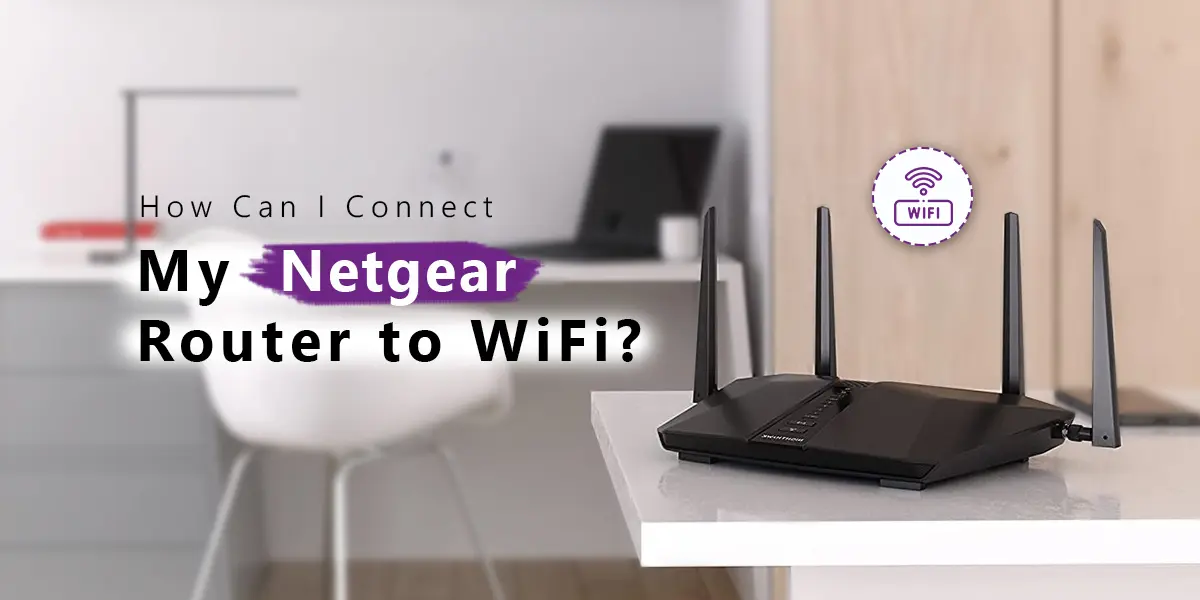
A dependable WiFi connection is just as necessary in today’s digitally linked society as running water and electricity. Your router, which serves as the entry point for your devices onto the internet, is an essential part of this network. Although Netgear routers are known for their dependability and performance, configuring them can occasionally be challenging. Go through the process of connecting your Netgear router to WiFi in this in-depth guide, making sure the connection is stable and seamless.
Preparation: It’s critical to assemble the required tools and data before beginning the setup procedure. Make sure the following is with you:
- The Netgear router you own.
- An internet service provider (ISP)-connected modem.
- An Ethernet connection.
- A smartphone or computer equipped with WiFi.
- Password and name for the WiFi network.
- Any manual that came with your router.
Hardware Configuration:
- Ideally, you should position your Netgear router in the middle, away from obstacles and at an elevation.
- Plugging in a power source will turn on the modem and router.
Getting on the Router:
- Connect to the Netgear router via WiFi or an Ethernet connection on your PC or mobile device.
- The router normally has a sticker with the default WiFi network name and password on it.
- “http://routerlogin.net” or “http://routerlogin.com” should be typed in the browser.
- You can use www.routerlogin.net or www routerlogin net to access the netgear router login page.
- Another option is to input the router’s IP address, which is usually “192.168.1.1” or “192.168.0.1”.
- The login to netgear router details must be entered.
- By default, “admin” is frequently the username and “password” or “blank” is the password.
- To know better you can visit our website or can get the exact details of access from the manual.
Setup:
- You will see the router’s admin interface after logging in.
- Navigate to the “Internet” or “Setup” area.
- To configure your internet connection, choose this option.
- If you’re unsure, select “Automatic Configuration – DHCP” since it’s the most typical setup for home internet connections.
- Enter your ISP login information if prompted.
- Your ISP-provided username and password may be included in this data.
- Wait for the router to implement the changes after saving the configuration.
- The router may need to connect to your ISP many minutes at a time.
Establishing a WiFi connection:
- Go to the WiFi settings area of the admin interface when the router has successfully established a connection to the internet.
- Make your password and WiFi network name (SSID) unique to something safe and memorable.
- Steer clear of popular or simple-to-guess passwords.
- Your Netgear router will restart with the updated WiFi network name and password if you save the settings.
Last verifications:
- After disconnecting your computer or mobile device’s Ethernet wire, try re-establishing a WiFi connection with the updated login details.
- Make sure there are no problems connecting any devices
- Substantiate that the internet is consistent and operating as it should, run a speed test.
End thoughts
Now that your Netgear router is WiFi-connected, all of your devices will have dependable internet connectivity. But configuring a router is the initial step. Maintaining a secure and effective network requires regular maintenance, firmware updates, and security measures. To get the most out of your WiFi experience, check out the documentation that came with your router and experiment with the different features and settings. With a solid WiFi connection and a Netgear router that is set up correctly, you can confidently and easily take on the digital world.

